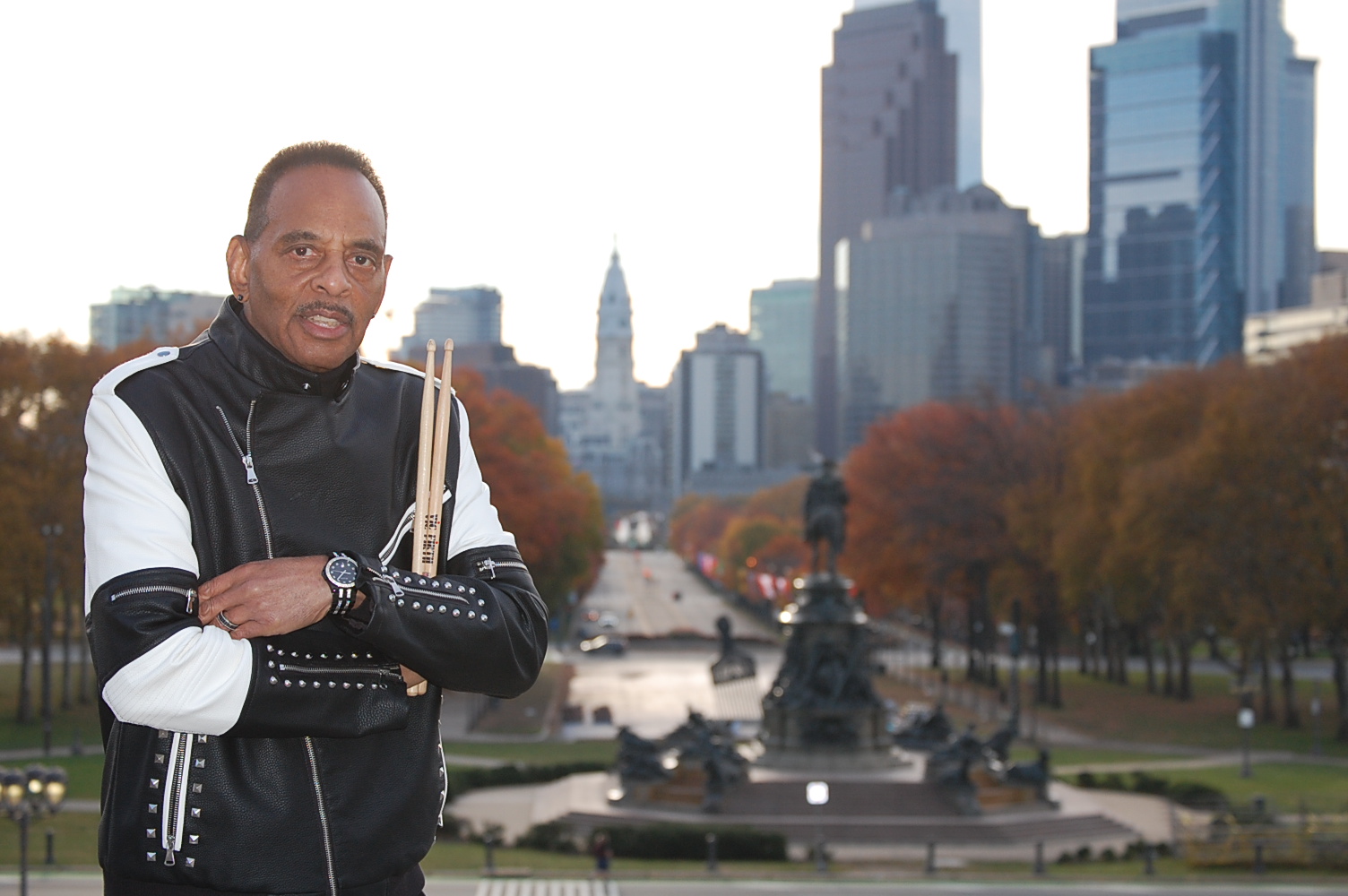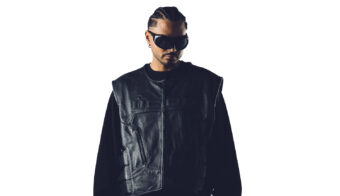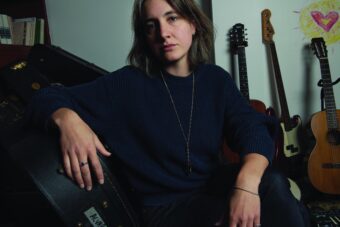While working as a session musician in the early 1970s, drummer Earl Young created a unique rhythm that would change the course of popular music. Known today as the “four on the floor,” this simple yet powerful beat consisted of four kick drums per measure, a snare on the second and fourth beat of the measure, and an eighth-note hi-hat pattern on top. As a member of The Trammps and renowned session bands M.F.S.B. and The Salsoul Orchestra, Young would spend the decade adding his drum sound to countless disco classics. Young’s signature beat did not live and die with disco’s ascent and ultimate decline in the mainstream. The four-on-the-floor beat that Young pioneered would live on in the DNA of genres like house, techno, and the nearly infinite varieties of electronic music played in clubs, concerts, and festivals around the world today.
At 83, Young is still recording music and performing live. His life, career, and the beat that he created are rich threads that connect contemporary popular music to its roots in the past. Reflecting on his long career, Young sees how his rhythms have inspired generations of musicians who came after him.
“I never wanted to try to sound like anybody or play like anybody,” Young says. “I actually kind of created disco. I mean, disco was just a name but even house music followed us.”
Before Young got involved in the music business, he weathered a rough childhood in North Philly. Shortly after his 1940 birth, Young was sent to the Bureau for Colored Children, a child placement agency for Black children with no parents or legal guardians. At an early age, music was a place of refuge and expression.
“I was raised in two foster homes. I didn’t have a mother or a father. I was raised in a home at 1515 First St. in North Philadelphia and they had a drum and bugle corps around there called The Elks. My foster father, that was his drum and bugle corps and that’s how I got into music.” Young says over the phone. “I couldn’t afford a drum set, so I learned how to play drums on four chairs, four phone books and two Maxwell House coffee cans.”
By the time he was a teenager, Young put together a mix-matched drum kit made up of whatever pieces he could find at area pawn shops. After hooking up with future M.F.S.B. members, guitarist Norman Harris and bassist Ronnie Baker, Young began playing gigs at nightclubs like The Stinger on Broad St., Scotty’s on 52nd St. in West Philly, The Cadillac Club, The Highline, and more.
“We started doing gigs around Philadelphia, but they called it the Chitlin Circuit, where you’d work these little clubs for $10-15 a night.”
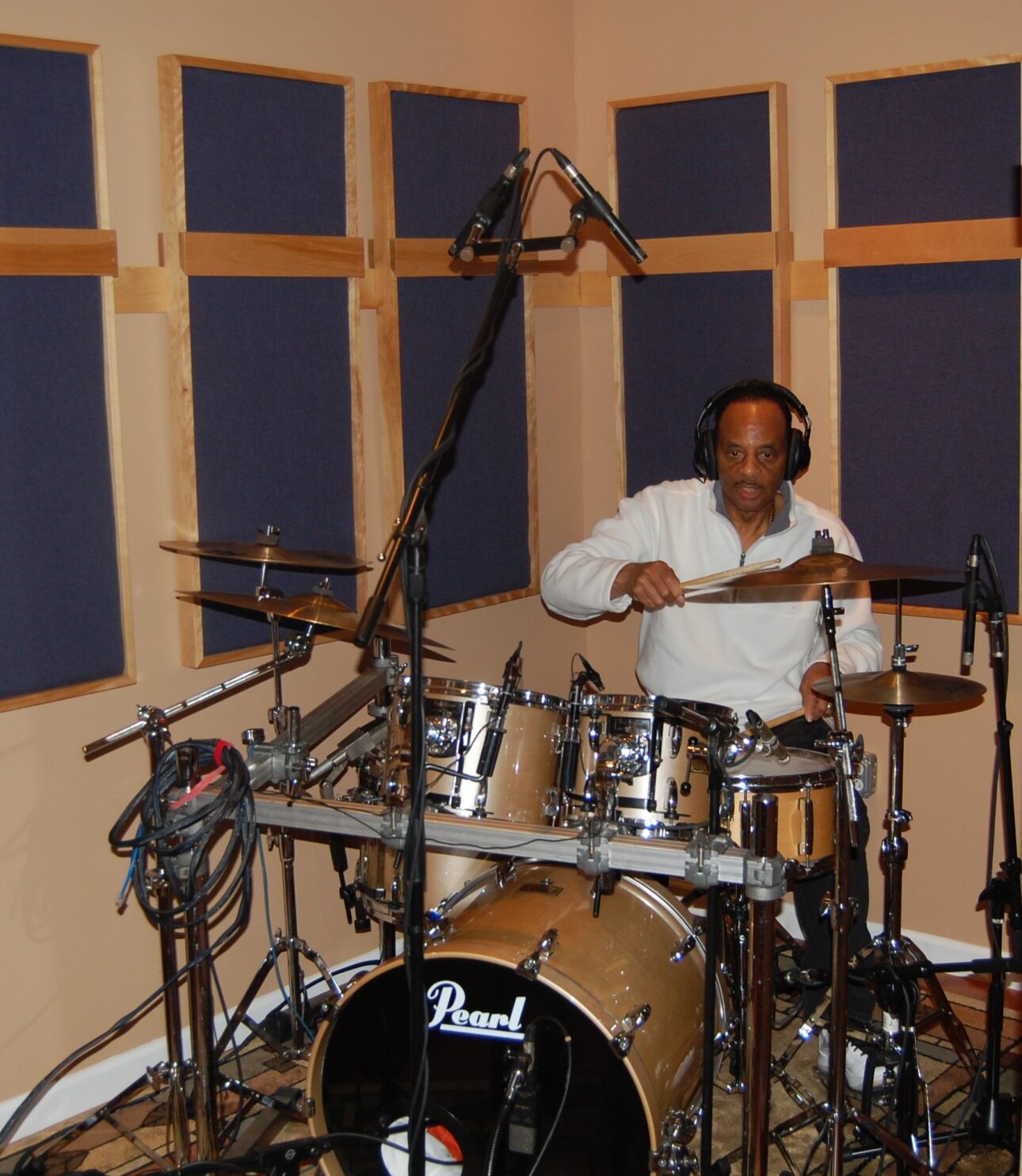
From there, the trio made the jump from small clubs to the big time. Young, Baker, and Harris started working at one of the most storied live venues for Black music of the time, the Uptown Theater. Built in 1929, the Uptown boasts an impressive 50,000 square foot, 2,000 seat Art Deco room located at 2250 North Broad St. in the heart of North Philly. The theater hosted screenings of Warner Brothers’ talkie films in the 1930s and “War Bond benefits,” fundraising events to raise money for the U.S. war efforts in the 1940s. By the early 1950s, the Uptown had rebranded as a live music venue and would remain so until the late 1970s. With legends such as James Brown, Ray Charles, the Supremes, the Jackson 5, Stevie Wonder and more gracing its stage, The Uptown is regarded as Philly’s equivalent of Harlem’s storied Apollo Theater.
“The three of us, we had a saxophone player. His name was Sam Reed. So they gave Sam the job at the Uptown Theater, and Sam said, ‘Well, I’m taking my boys in there.’ Young said. And so I go into the Uptown Theater with the house band. I was the house drummer there with a raggedy pair of drums, I couldn’t read music, but I got the job.”
Having cut his teeth in the clubs and backing legends like Jackie Wilson at the Uptown and touring with Stevie Wonder, Young turned his focus to the studio where his driving, unshakable rhythms would transform popular music as we know it.
As the 1960s turned into the 1970s, Philadelphia’s soul music scene was on the brink of exploding onto the national stage. In 1971, the songwriter-producer duo of Kenny Gamble and Leon Huff founded Philadelphia International Records, a label that would produce dozens of classic records throughout the decade. Working out of Sigma Sound Studios in the city’s Chinatown section, Gamble and Huff assembled a bullet-proof cast of arrangers and session players collectively known as M.F.S.B. (Mother, Father, Sister, Brother). At the center of M.F.S.B.’s grand, orchestral arrangements and now-timeless songs about love and loss was Earl Young and his unstoppable beat.
By pushing the R&B’s tempo and adding the four-on-the-floor beat, Young and M.F.S.B. created an impressive run of classic tunes that laid the foundation for the genre that would come to be known as disco. PIR cuts like Harold Melvin & The Bluenotes’ “The Love I Lost,” “Bad Luck,” M.F.S.B.’s “Love Is The Message” and The O’ Jays’ “Backstabbers” tore up dance floors across the country and these rich, uptempo tunes were adopted by pioneering New York disco DJs David Mancuso, Walter Gibbons, Nicky Siano, and Larry Levan.
“If you notice, everything that I cut is at 120 speed (Beats per minute)” Young says. “I made it that way so that the disc jockeys could mix my music into anything that they’re playing. The Bluenotes were not a disco group, they did mostly ballads. I said ‘Look man, let’s pick this up because I like to dance.’”
Young’s beat drove the most influential disco records and it would be replicated on countless songs. Young’s group, The Trammps would also score a massive hit with 1976’s “Disco Inferno.” A propulsive and endlessly catchy tune, “Disco Inferno” signaled disco’s emergence from the underground Black and gay nightclubs into the light of the mainstream.
By 1977, disco had achieved full infiltration of popular culture. That year, John Badham’s campy drama about New York club life, Saturday Night Fever, smashed box offices on its way to an Oscar nod, a Golden Globe win, and four Grammy awards for its soundtrack, including Album of The Year. While innumerable disco parodies and cash-ins cheapened the genre, Young and crew kept working, turning out more hits and hooking up with a trio of siblings, Joe Cayre, Ken Cayre and Stan Cayre, and their label, Salsoul Records. Rebranding themselves “The Salsoul Orchestra”, Young, along with his old comrades Ronnie Baker and Norman Harris, vibraphonist Vincent Montana Jr, guitarist Bobby Eli, and others brought the Philly/M.F.S.B. sound to the New York-based label.
“After a while me and Norman and Ronnie, we wanted to get our own business,” Young says. “So, we opened up an office at 13th & Race. We went to New York, and we met the Cayre Brothers. They were playing salsa music. So, “Salsa and Soul. That’s how we got the name Salsoul. We produced a lot of groups for them.”
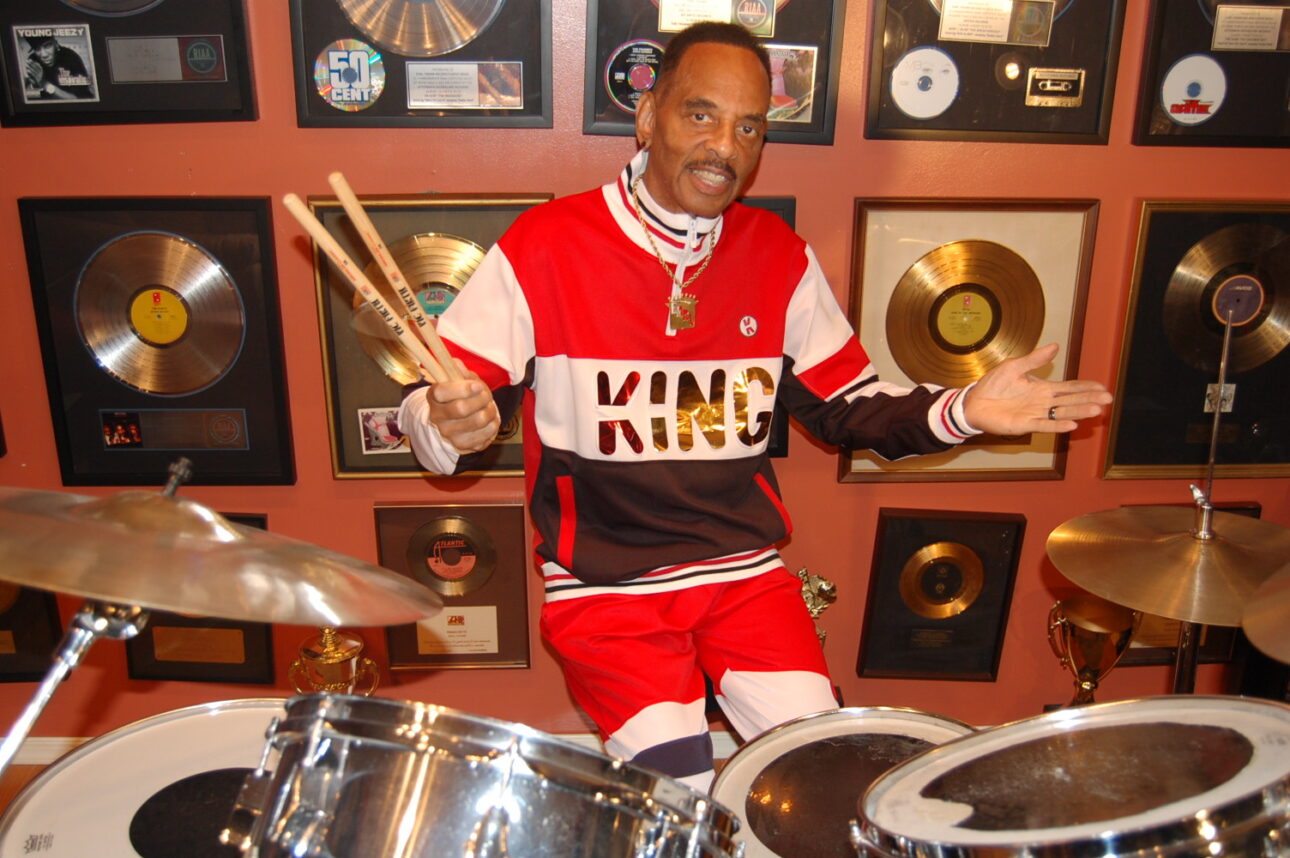
In the pantheon of beloved disco labels, the M.F.S.B./PIR catalog is only rivaled by the string of hits released on Salsoul Records between 1978 and 1983. With their danceable rhythms and soaring, orchestral arrangements, songs like Double Exposure’s “My Love Is Free,” First Choice’s “Let No Man Put Asunder,” and “Hit And Run” by Loletta Holloway are all enduring club classics.
Although the disco craze eventually lost steam in the mainstream, the energy of those records lived on in dance music’s next evolutionary step, House and Techno. Direct descendants and spiritual heirs of disco, house, and techno producers in Chicago and Detroit translated Earl Young’s four-on-the-floor beat onto their Roland Tr-707, 808, and 909 drum machines. Young embraced this new dance music wave, even collaborating with some of the young musicians who he influenced.
“One of the best times I’ve ever had was traveling with (legendary house group) Ten City from Chicago. I traveled with Brian Stingly, the leader, and they called me in to play for them on “That’s The Way Love Is”. We did a video and I went on the road with the three of ’em. And we toured all over and I was playing house music. I was jamming house music. We had so much fun together”
Young’s latest album, Groove Machine (The Earl Young Drum Sessions) is a compilation of recordings released earlier this year that highlights his signature drumming throughout the decades. Reflecting on his long and storied career, Young is grateful that he’s still here doing what he’s always done, pouring his energy and passion into the music and upholding its legacy.
“I got one room dedicated to my whole life, you know? My albums and all my Grammys, my plaques but I’m still pushing to keep the sound of Philadelphia alive. I’m like a train with no breaks, I keep on going. There ain’t no mountains that I can’t climb.”

